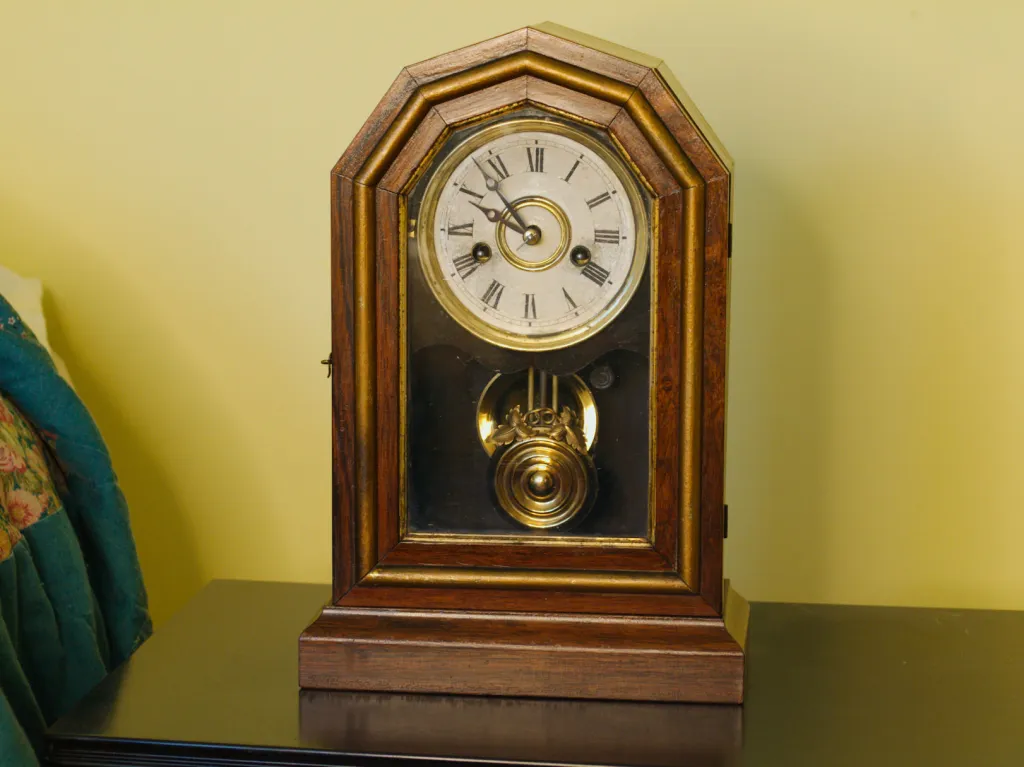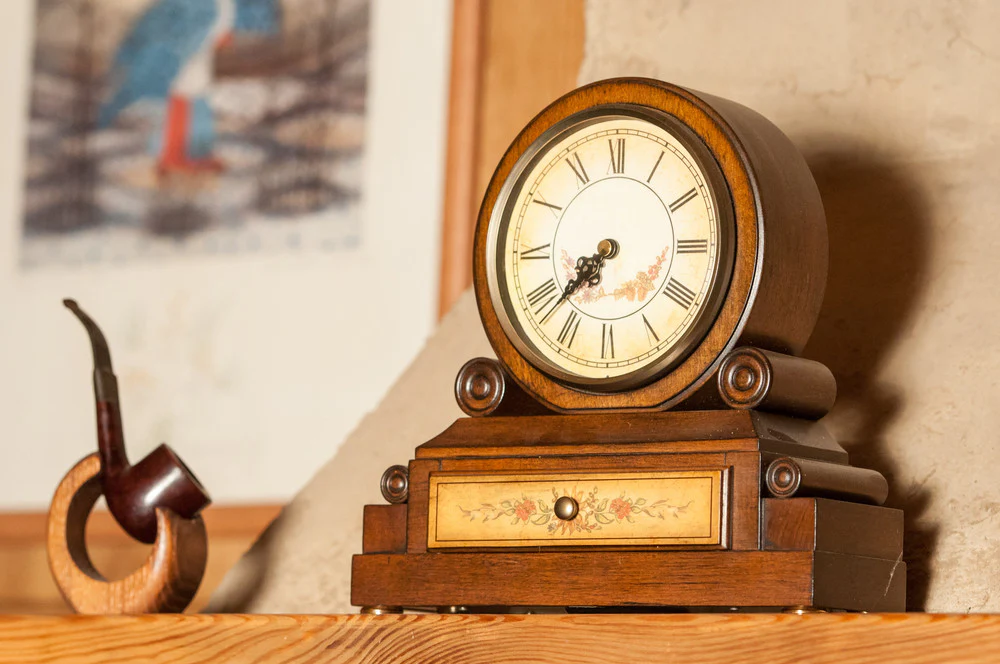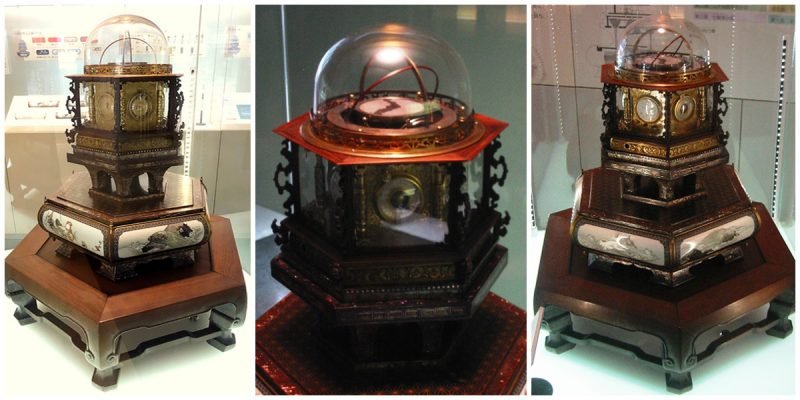Antique clocks hold immense value due to their historical significance and intricate craftsmanship. Proper care and maintenance are essential to preserve their functionality and aesthetic appeal. In this guide, we explore tips and techniques for caring for antique clocks, focusing on cleaning, maintenance, and repair.
Regular Cleaning
Dust Removal
Antique clocks, especially those with exposed mechanisms, tend to accumulate dust over time. Regularly removing dust is crucial for maintaining the clock’s functionality. Use a soft brush or compressed air to gently remove dust from hard-to-reach areas. Avoid using cloths, as they might push dust deeper into the clock’s mechanism.
Cleaning the Case
The clock’s exterior case often reflects its craftsmanship, whether it’s made of wood, metal, or glass. For wooden cases, use a soft cloth and a specialized wood cleaner. Be gentle to avoid removing any varnish or finish. Metal cases can be cleaned with a mild, non-abrasive polish. For glass faces, use a standard glass cleaner, ensuring no liquid enters the clock’s interior.
Lubrication of Moving Parts
Importance of Lubrication
Antique clocks rely on intricate moving parts to keep time accurately. Lubrication is key to preventing wear and tear on these components. However, over-lubrication can lead to dust buildup, so it’s important to apply just the right amount.
How to Lubricate
Apply a high-quality clock oil to the pivot points within the movement. Avoid using household oils, which can damage the mechanism over time. A small drop on each pivot point every two to three years is generally sufficient. If you’re unsure, consult a professional clock repairer for guidance.
Maintaining Proper Humidity Levels
Why Humidity Matters
Wooden clocks are especially sensitive to changes in humidity. High humidity can cause the wood to expand, while low humidity can lead to cracking. Both extremes can affect the clock’s precision and durability.
How to Control Humidity
Keep your antique clock in an environment with a consistent humidity level, ideally between 30% and 50%. Use a dehumidifier or humidifier to maintain this range, particularly in areas with fluctuating weather conditions.
Winding Your Clock
Correct Winding Techniques
Many antique clocks are mechanical and require regular winding to function. When winding your clock, use a gentle and steady motion. Overwinding can damage the internal mechanisms. For weight-driven clocks, ensure the weights are properly attached and move freely.
How Often to Wind
The frequency of winding depends on the type of clock. Most antique mantel or wall clocks need winding every seven to eight days. Larger grandfather clocks may need winding less frequently. It’s essential to follow the specific instructions for your clock’s model.
Handling Repairs
When to Seek Professional Help
Antique clocks are delicate, and attempting repairs without experience can lead to irreversible damage. If your clock stops working or shows signs of wear, it’s best to consult a professional. Issues like misaligned gears, broken springs, or malfunctioning escapements should always be handled by an expert.
Finding a Qualified Repairer
Look for a clock repairer with experience in antique clocks. Many modern clock repairers may not be familiar with the specific requirements of older timepieces. A reputable antique clock specialist can provide the necessary repairs and restorations, ensuring your clock remains in working condition.

Protecting Your Clock from Sunlight
Why Sunlight is Harmful
Direct sunlight can fade the finish on your antique clock, especially on wooden or painted surfaces. Over time, it can also cause the clock’s materials to weaken, making it more prone to damage.
How to Protect It
Place your clock in a location that avoids direct sunlight exposure. If your clock is in a room with natural light, consider using UV-protective window coverings or relocating the clock to a shaded area.
Keeping the Clock Level
Ensuring Accuracy
An antique clock must be kept level for accurate timekeeping. If the clock is not level, it can affect the movement and cause the clock to run too fast or too slow.
How to Level the Clock
Use a bubble level to check if your clock is positioned correctly. Adjust the legs or base to ensure the clock sits evenly on the surface. This simple step can prevent unnecessary wear on the internal components.
Conclusion
Caring for antique clocks requires attention to detail and a regular maintenance routine. By cleaning, lubricating, and maintaining proper environmental conditions, you can preserve your clock’s beauty and functionality for years to come. Always remember to handle repairs with care, seeking professional help when needed. With these tips, your antique clock will continue to be a cherished timepiece that stands the test of time.




